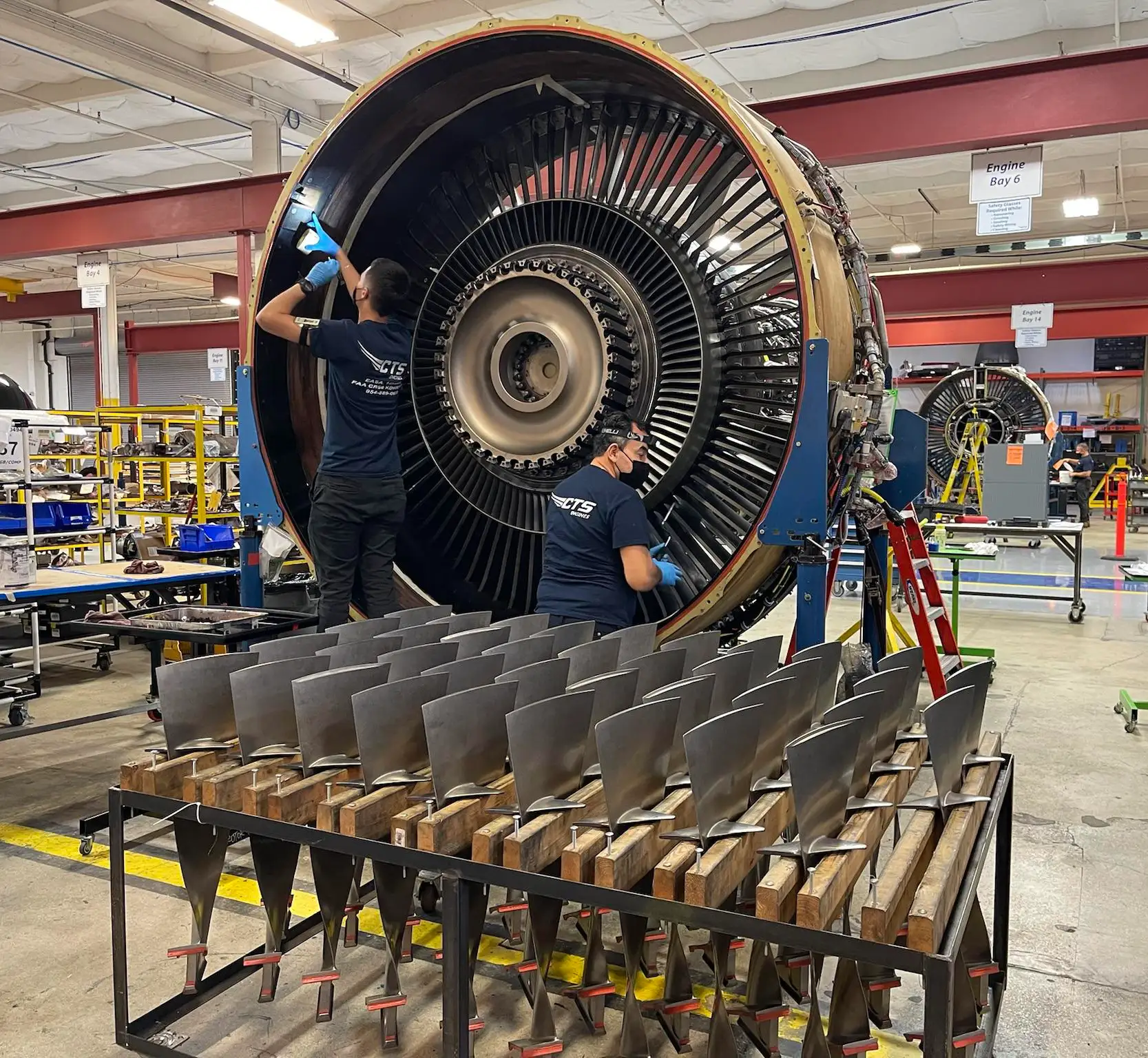The Quest for Ultimate Driving Power: Examining the Pinnacle of Engine Efficiency and Technological Developments in the Automotive Industry
In the realm of vehicle engineering, the quest of maximum driving power has been a ruthless mission that has unfolded via the development of engine style and the assimilation of innovative innovations. From the careful workmanship of combustion engines to the fast improvements in electric propulsion systems, the automobile industry stands at the cusp of a new period characterized by unmatched performance abilities. As researchers and engineers dig much deeper right into the worlds of computational liquid characteristics and discover innovative fuel modern technologies, the horizon of opportunities broadens exponentially. Remain tuned as we untangle the detailed tapestry of technical innovations that are forming the future of auto power and efficiency.
Evolution of Engine Design
Additionally, the combination of turbocharging and supercharging modern technologies has actually changed engine style by improving power without dramatically boosting engine dimension. These forced induction systems press the consumption air, enabling even more gas to be ignited, thus producing greater power outcome from a smaller engine. This improvement has been especially crucial in boosting the performance of smaller sized variation engines while preserving gas performance criteria.

Performance-Enhancing Fuel Technologies
The application of advanced fuel technologies has actually substantially added to improving engine performance in modern lorries. Biofuels, acquired from sustainable resources like corn, sugarcane, or algae, deal reduced exhausts and improved engine performance. Furthermore, fuel additives and cleaning agents are being formulated to clean engine parts, enhance burning, and decrease rubbing, thus improving general vehicle performance.
Innovations in Electric Propulsion
Considerable strides in electrical propulsion modern technology have reinvented the automotive industry, paving the means for a new age of sustainable and effective transport. Electric automobiles (EVs) are getting appeal as a result of their ecological advantages and improvements in battery modern technology, allowing longer driving varieties and much shorter charging times. Manufacturers are spending greatly in r & d to boost the performance of electrical propulsion systems, concentrating on boosting power result, improving power efficiency, and reducing total weight.
One notable innovation in electrical propulsion is the advancement of advanced electrical motors that deliver greater torque and power density, causing enhanced velocity and total driving efficiency. Additionally, regenerative stopping systems have been fine-tuned to capture and save power throughout deceleration, further enhancing the performance of EVs.
Moreover, the combination of clever technologies, such as expert system and predictive analytics, is optimizing the monitoring of electrical propulsion systems, ensuring optimum performance under different driving problems. These advancements in electric propulsion are improving the automotive landscape, driving the industry towards a much more lasting and amazed future.
Effect of Computational Fluid Dynamics
With advancements in electric propulsion pressing the limits of vehicle technology, the combination of Computational Liquid Dynamics is playing a pivotal function in maximizing aerodynamic performance and enhancing total efficiency in lorry design. Computational useful link Liquid Characteristics (CFD) involves the use of computer simulations to evaluate the flow of air around a car, making it possible for designers to anticipate just how style changes will certainly impact the rules of aerodynamics without the demand for pricey physical models. By accurately modeling airflow patterns, CFD enables the improvement of vehicle forms to minimize drag, boost cooling, and improve security.
CFD enables engineers to maximize airflow around components such as radiators, engine bays, and wheel wells, contributing to boosted performance and general driving experience. In conclusion, the integration of Computational Fluid Characteristics represents a significant action forward in the quest for utmost driving power and effectiveness in the automotive industry.
Future Fads in Engine Development
In the dynamic landscape of auto engineering, innovative innovations are shaping the future trajectory of engine advancement. The future of engine design is noted by a solid emphasis on efficiency, sustainability, and efficiency. Suppliers are increasingly concentrating on developing engines that not only supply high power outcomes but likewise focus on environmental obligation by improving and minimizing discharges fuel efficiency.
One popular trend in engine development is the surge of electrification. Hybrid and electrical powertrains are gaining grip as practical choices to standard burning engines. These innovations offer the potential for substantial reductions in carbon discharges and boosted power effectiveness, straightening with worldwide efforts to combat climate adjustment.
Moreover, advancements in products scientific web research and manufacturing strategies are making it possible for the production of lighter and more durable engine parts. This change towards light-weight materials such as carbon fiber and light weight aluminum alloys adds to improved performance and gas economic situation.
Verdict
To conclude, the search of utmost driving power in the automotive industry remains to drive developments in engine design, gas innovations, electrical propulsion, and computational fluid dynamics. The development of these technologies is browse around this site forming the future of engine technology, leading the way for a lot more reliable and powerful automobiles (engines for africa). As the industry remains to press the limits of what is feasible, we can anticipate to see much more cutting-edge growths in the mission for peak performance
One of the crucial turning points in engine style advancement is the shift from traditional carbureted engines to modern-day fuel-injected systems. By precisely metering the fuel shipment to each cyndrical tube, fuel-injected engines maximize burning, resulting in much better performance and minimized ecological impact.
In addition, the integration of turbocharging and turbo charging innovations has reinvented engine design by boosting power without dramatically enhancing engine dimension (engines for africa).The execution of innovative fuel technologies has substantially added to enhancing engine efficiency in modern lorries. In addition, gas additives and cleaning agents are being created to clean engine components, maximize combustion, and reduce rubbing, therefore increasing overall lorry performance